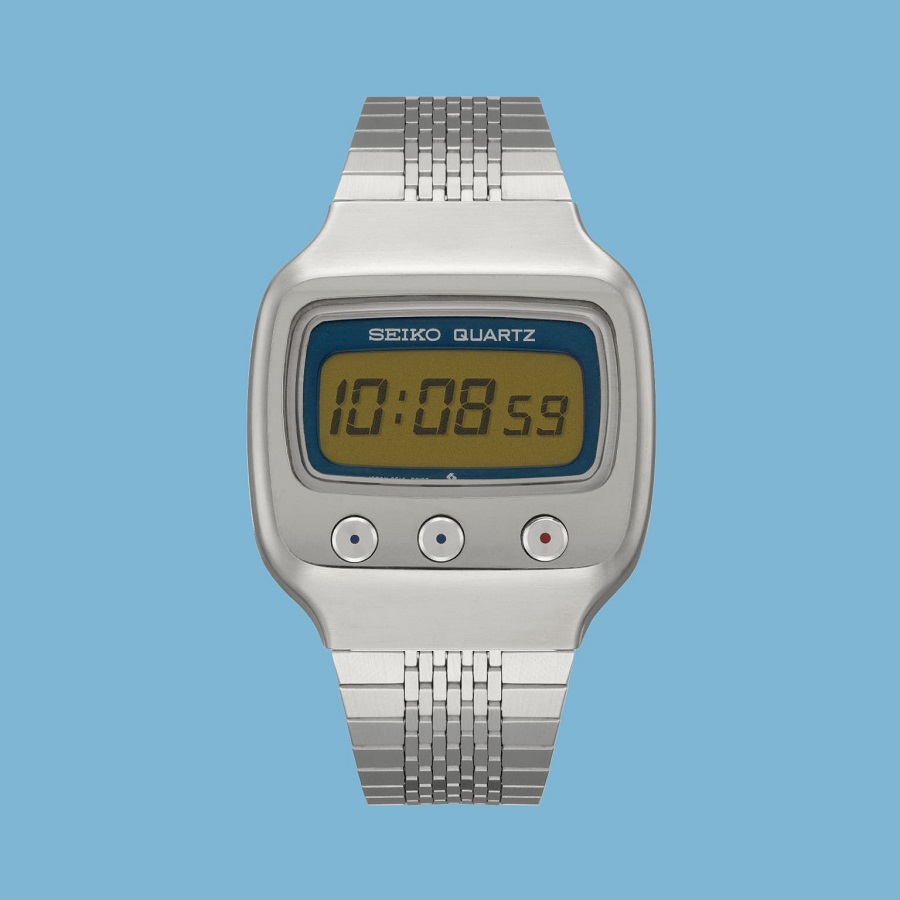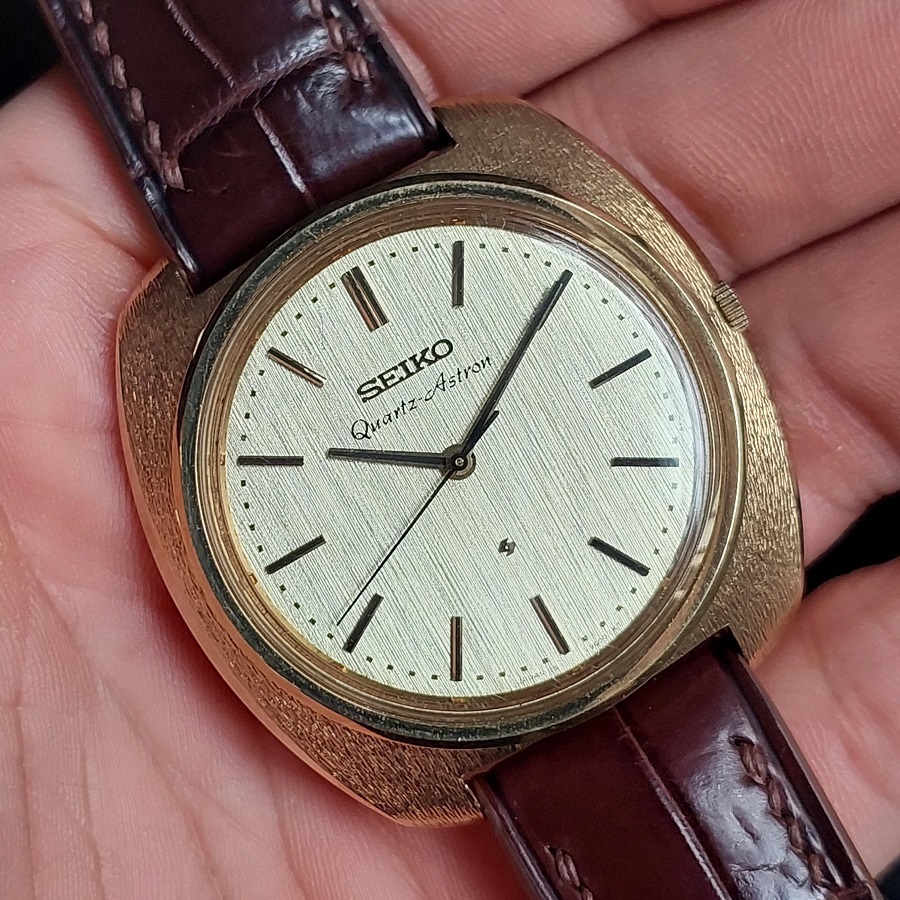Introduction
The realm of horology, the study and measurement of time, has been filled with technological innovations that have forever changed our understanding of and relationship with time. Between sundials and atomic clocks lies a pivotal innovation that reshaped the way we perceive and measure time: the quartz watch. When the first quartz watches emerged in the late 1960s, they not only marked a technological milestone but also sparked a revolution in watchmaking, influencing styles, production methods, and consumer preferences that continue to resonate today.
 The Background of Horological Development
The Background of Horological Development
The foundations of timekeeping date back thousands of years. Ancient civilizations relied on simple devices such as sundials and water clocks, and this evolution advanced through mechanical innovations like the escapement, which led to the creation of spring-driven mechanical watches in the 16th century. These intricate timepieces were crafted by skilled artisans and were valued for their precision and craftsmanship. However, as the 20th century approached, the demand for accuracy reached new heights, driven by modern society’s pace and technological developments.
By the mid-20th century, traditional mechanical watches were facing challenges in both precision and production. While they typically offered remarkable artistry, they fell short in consistency, often gaining or losing seconds daily. In this context of growing demand for precision, the search for an alternative method of timekeeping commenced—a quest that ultimately led to the genesis of quartz technology.
The Birth of Quartz Technology
The foundation for quartz timekeeping was laid by the discovery of the piezoelectric effect by French physicists Pierre and Jacques Curie in 1880. This phenomenon occurs when certain crystal materials—like quartz—generate an electric charge when subjected to mechanical stress. It wasn’t until the mid-20th century, however, that this effect would be harnessed for timekeeping.
In the 1920s, Eastern and Western researchers began to explore the potential of quartz crystals for frequency stabilization in oscillators. The first prototypes of quartz watches were developed shortly after World War II, but it was not until the 1960s that a refined and commercially viable quartz watch would emerge.
The First Quartz Watch: Seiko and the Astron
The compelling breakthrough came from Japan. In 1969, Seiko introduced the Astron, the world’s first commercially available quartz watch. The Astron incorporated a quartz crystal oscillator that vibrated at a frequency of 32,768 Hz, ensuring a precision that far surpassed traditional mechanical watches. This innovation represented a monumental leap in timekeeping technology. It was also remarkably less expensive to produce, which made it accessible to a broader audience.
The debut of the Astron sent shockwaves throughout the watch industry—an indelible mark on horological history. Quicker assembly lines and more reliable technology meant that manufacturers could reduce costs and provide consumers with affordable yet high-quality timepieces.
The Quartz Crisis: A Shift in the Industry
The popularity of quartz watches catalyzed a phenomenon known as the “Quartz Crisis” or “Quartz Revolution,” which transformed the global watch marketplace. For decades, Swiss watchmakers had dominated the industry with their prestigious mechanical timepieces. However, by the late 1970s, nearly 80% of the watches sold worldwide were quartz. Traditional Swiss manufacturers struggled to adapt to this new competitive landscape, which ultimately led to the decline of many renowned brands.
In response to this upheaval, the Swiss watch industry took decisive action, culminating in the formation of the Swatch Group, which successfully integrated affordable quartz technology with appealing designs. This marked a significant pivot back towards mass production while retaining a sense of style—revitalizing the industry and sparking a resurgence in interest for watches as both functional timekeepers and fashion accessories.
The Impact of Quartz Technology on Modern Horology
As we moved into the 21st century, the legacy of the quartz watch remained profoundly influential across the whole spectrum of horology. Here are some of the ways in which quartz technology has impacted modern watchmaking:
- Precision and Reliability: Quartz watches can maintain an accuracy within seconds per month, compared to mechanical watches, which can deviate minutes over similar durations. This precision has been invaluable in contexts requiring exact timing, such as scientific research, sports, and aviation.
- Affordability and Accessibility: The production of quartz watches allowed for cost reductions, democratizing timepieces. The average consumer could afford reliable and stylish watches, which previously had been exclusive to the wealthy.
- Innovation and Design: The onset of quartz technology encouraged innovation in design. Casings could be lighter, more comfortable, and even more diverse in style than their mechanical counterparts. Today’s smartwatches are a direct evolution of this trend, incorporating technology, style, and functionality in ways that traditional mechanical watches never could.
- Sustainability and Eco-Friendliness: As sustainability grows in importance, quartz watches, especially solar-powered models, offer an environmentally friendly alternative to traditional battery-operated timepieces. The ability to generate energy via solar power signifies a conscious movement towards reducing electronic waste.
- Revival of Mechanical Watches: Ironically, the quartz crisis led to a renaissance in the appreciation for mechanical watches. In response to the mass-market quartz offerings, luxury brands began to double down on the value of artisanal craftsmanship. Today, mechanical watches are regarded as works of art, commanding high prices due to their complexity and heritage.
 The Pre-Quartz Era: Mechanical Marvels
The Pre-Quartz Era: Mechanical Marvels
Before diving into the quartz revolution, it’s essential to understand the state of the watch industry before this breakthrough. The vast majority of watches up to the 1960s operated on mechanical movements. These watches typically employed a series of gears, springs, and levers to measure the passage of time. The two main types of mechanical watches were manual and automatic. Manual watches relied on the wearer to wind the crown, whereas automatic watches harnessed the wearer’s motion through a rotor to wind the mainspring autonomously.
While these mechanical masterpieces represented craftsmanship and artistry, they had inherent limitations. Mechanical watches were affected by temperature changes, gravitational forces, and even the basic wear and tear from daily use. Precision was always a concern; many high-end models could achieve accuracy within a few seconds per day, but less expensive models often fell short, lagging behind in precise timekeeping.
Amid this backdrop, a profound change was on the horizon. The development of electronic components and the burgeoning field of electronics paved the way for innovations that would soon disrupt traditional horology.
Enter Quartz: A Technological Revolution
In the late 1950s and early 1960s, researchers began exploring the feasibility of quartz technology for timekeeping. Quartz crystals—when subjected to an electric current—would vibrate at a consistent frequency. This property became the cornerstone of a new era in horology.
In 1967, Seiko introduced the first commercial quartz wristwatch, the Seiko Astron. The Astron was not just a breakthrough in terms of technology; it was a watershed moment that showcased the potential of quartz in redefining accuracy and reliability in timekeeping. The watch used a small battery to send an electrical current through a quartz crystal, prompting it to oscillate at a frequency of 32,768 Hz. This oscillation was remarkably stable, allowing the watch to maintain an accuracy of ±5 seconds per month—an astonishing feat compared to its mechanical counterparts.
The Quartz Crisis: A Tectonic Shift in the Industry
As quartz technology gained popularity, many consumers began to favor these battery-operated watches over traditional mechanical ones, primarily because of their superior accuracy, lower price point, and ease of maintenance. The huge demand for quartz watches prompted manufacturers in Japan and, later, elsewhere in Asia to flood the market with affordable options.
Conclusion
The advent of the quartz watch was not merely the introduction of a new technology; it was a watershed moment in horology that disrupted the industry and transformed how society engages with the concept of time. The integration of quartz oscillators into everyday timepieces provided unparalleled accuracy and affordability, forever altering consumer expectations.
Today, as we navigate a world that values not just precision but also adornment and innovation, the legacy of the first quartz watch continues to echo through the designs of both luxury and everyday timepieces. In a market increasingly dominated by digital devices, the quartz revolution reminds us that timekeeping—at its core—is both a science and an art, intrinsically woven into the fabric of human history.
